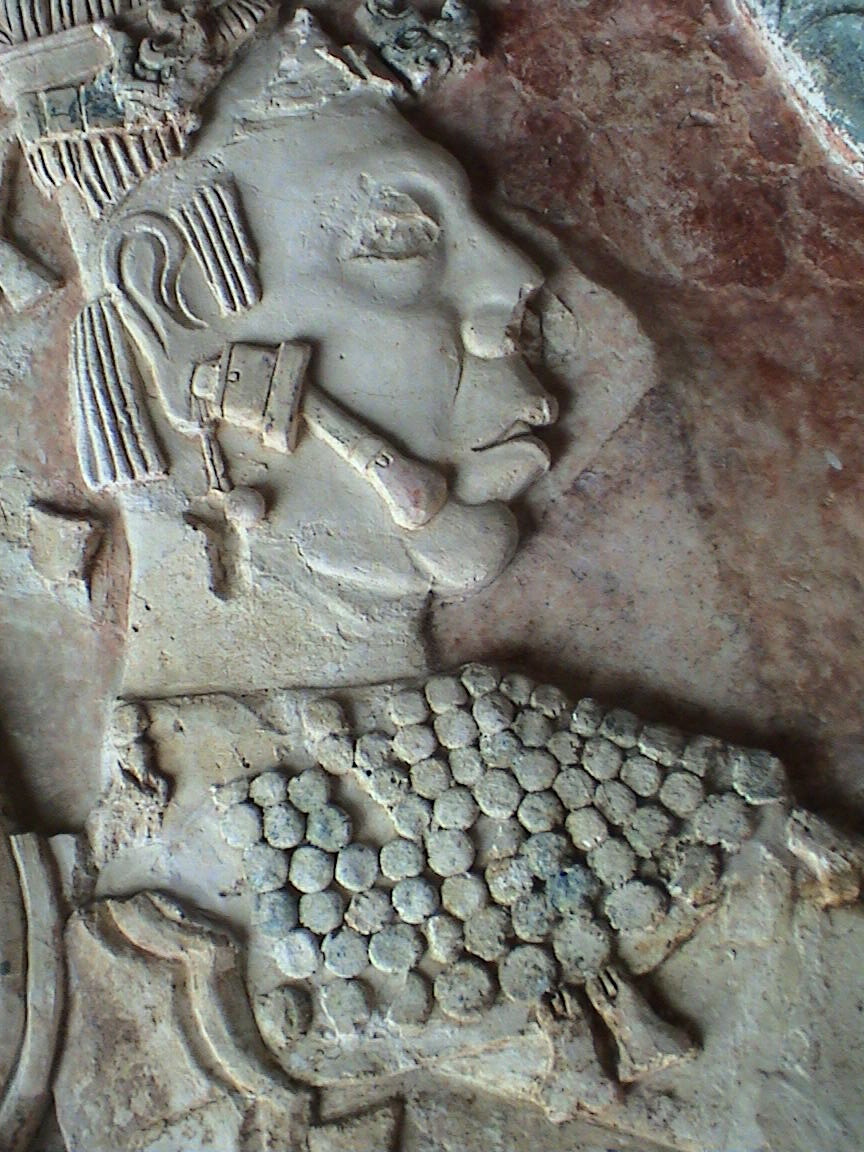 |
| Monica with Motherwell, 1994 Serigraph |
"Personality would only be distraction from the simple fact of nudity. When I create physical details like lips or nipples, they are of importance for the erotic simplification. From the beginning I never gave them faces. A face gives personal touch to a sexual act, makes it a portrait act. And that, I don´t like at all."
– Tom Wesselmann
Tom Wesselmann, an American born painter, sculptor, and printmaker, was born in Cincinnati, Ohio in 1931. Tom Wesselmann studied psychology at the University of Cincinnati and also took art classes at the Art Academy of Cincinnati. Wesselmann had originally intended to become a cartoonist, but instead turned to painting.
 |
| Claire sitting Robe Half Off (Portfolio 90), 1993 Screenprint |
From 1956-1959 Tom Wesselmann continued his art studies at the Cooper Union in New York. While studying in New York, Wesselmann quickly informed himself about modern art by visiting the museums where the art of
Robert Motherwell and
Willem de Kooning made a lasting impact on Wesselmann. In 1957 Tom Wesselmann met Claire Selley, another Cooper Union student who was to become his friend, model, and later, his wife. After graduating, Tom Wesselmann became one of the founding members of the Judson Gallery, along with Marc Ratliff and artist
Jim Dine.
In 1961 Tom Wesselmann began working on his series the
Great American Nude. After a dream concerning the phrase "red, white, and blue", Tom Wesselmann decided to paint a Great American Nude in a palette limited to those colors and any colors associated with patriotic motifs such as gold and khaki. Tom Wesselmann’s Great American Nude series incorporated representational images with an accordingly patriotic theme, such as American landscape photos and portraits of founding fathers. Often these nudes were collaged from magazines and discarded posters, and were very large scale. Tom Wesselmann had his first solo art show at the Tanager Gallery in New York later that year, representing both the large and small Great American Nude collages.
Tom Wesselmann would soon emerge as one of the leading figures in
American Pop Art along with fellow artists
Roy Lichtenstein,
Andy Warhol,
Jim Dine and
Alex Katz among others. Tom Wesselmann never liked his inclusion in American Pop Art, pointing out how he made an aesthetic use of everyday objects and not a reference to them as consumer objects.
 |
| Still Life with Petunias, Lilies and Fruit, 1988 Screenprint |
In 1962, Tom Wesselmann participated in the New Realists art exhibition, which included art by the American Pop artists
Jim Dine, Robert Indiana, Roy Lichtenstein, and Andy Warhol; and Europeans such as Arman and
Christo. Wesselmann contributed two Still Life collages to the art exhibition. That year, Wesselmann had begun working on a new series of Still Lifes, experimenting with assemblage as well as collage.
 |
Still Life with Liz (Portfolio 90), 1993 Screenprint
|
Tom Wesselmann's subjects are characteristically overtly sexual and Wesselmann is best known for his artworks where the nude becomes a depersonalized sex symbol set in a commonplace environment. Wesselmann would emphasize the woman's nipples, mouth and genitals with the rest of the body depicted in flat, unmodulated color.
 |
| Bedroom Blonde, 1997 Serigraph |
During the late 1960s and early 1970s Tom Wesselmann worked constantly on the 'Bedroom Painting Series' in which elements of his 'Great American Nude', 'Still Lifes' and 'Seascapes' were juxtaposed. With these artworks Wesselmann began to concentrate on a few details such as hands, feet and breasts surrounded by flowers and objects. A major motivation of the 'Bedroom Paintings' was to shift the focus and scale of the attendant objects around a nude; these objects are relatively small in relation to the nude, but become major, even dominant elements when the central element is a body part.
 |
| Nude with Bouquet and Stockings, 1992 Screenprint |
Tom Wesselmann was a highly inventive printmaker who favored the screenprint or serigraph, but also worked in unconventional formats, such as blind embossing and mixograph relief prints. These large scale prints mirror the boldness of Wesselmann’s unique paintings and embody the vitality, openness and free spirit of the sixties.
Following surgery for Wesselmann’s heart condition, Tom Wesselmann died on December 17, 2004.
Select Museum Collections:
Museum of Modern Art, New York
Art Institute of Chicago, Chicago
Tate Gallery, London
Haifa Museum, Israel
Smithsonian Institution, Washington DC
National Gallery of Art, Washington DC
Norton Simon Museum, Pasadena
Walker Art Center, Minneapolis











































